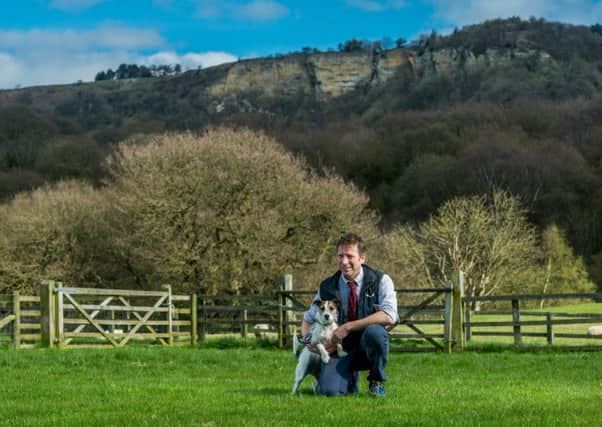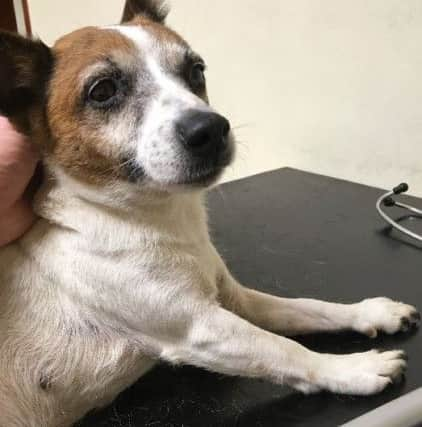Julian Norton deals with Molly's nasty head injury


Eventually, one of the owners intervened with his boot. Completely by accident, Molly felt the full force of the boot, reeled on the floor and promptly passed out. There was a panic-stricken phone call to the surgery and a message appeared on the computer, saying “Dog on way – unconscious”. It sounded serious and it was serious.
When she arrived, Molly had regained consciousness but she was still very dazed. She couldn’t stand and couldn’t coordinate her legs. Her front left leg seemed to be paralysed, and was buckling under her, while her back right leg was rigid. I examined her neurological system, using a tendon hammer to assess her reflexes and an ophthalmoscope to look at the optic disks at the back of her eyes.
Advertisement
Hide AdAdvertisement
Hide AdSure enough, Molly had ‘papilloedema’, or swelling of the optic disc – a sign of brain swelling caused by the head trauma.


I immediately admitted her for urgent treatment to reduce this swelling. She would be spending several days in the practice, under the supervision of our fantastic nurses.
Time would tell whether she would make a full or a partial recovery. Just as is the case with human patients who have suffered a head injury, it is difficult to prognosticate how a case will progress.
Meanwhile, I had other jobs to keep me busy. A group of cattle, purchased from Derbyshire, needed a “post-movement TB test”.
Advertisement
Hide AdAdvertisement
Hide AdThe cattle had come from a suckler herd close to an active area of TB. Post-movement tests are a way of trying to stop the spread of this historic disease.


As I clipped off hair from the right side of the neck of each of these young cattle, measured the skin thickness with calipers in the semi-dark cattle shed and injected the two doses of tuberculin, I reflected that I was carrying out exactly the same procedure that had been performed before me by generations of veterinary surgeons over more than 50 years. So much for advances in veterinary science! Accurate as the test is supposed to be, there must surely be a more modern way.
Nevertheless, ours is not to question, ours is to inject the intradermal tuberculin and measure the skin lump three days later. Everyone crossed their fingers for a Friday free of skin lumps.
Scott, Molly’s owner, had been crossing his fingers all week, too. She showed marginal improvements as the days passed, but progress was painfully slow. She could still not control her front left leg and, more worryingly, she had not passed any urine or faeces. Had the damage to her brain resulted in a permanent paralysis of her bladder? I could not tell. So, you can imagine my excitement when I saw a small pile of poo in Molly’s kennel at my 2am check. Molly’s bowels were working!
Advertisement
Hide AdAdvertisement
Hide AdBy the following morning, she was urinating and there was no more need to catheterise her bladder. By the end of the week she could stand unaided and walk, although with something of a curved path. She could go home with an upbeat prognosis.
Happy days, too – the TB test was clear!
The Yorkshire Vet at Christmas will be shown on Channel 5 at 8pm on Christmas Eve.